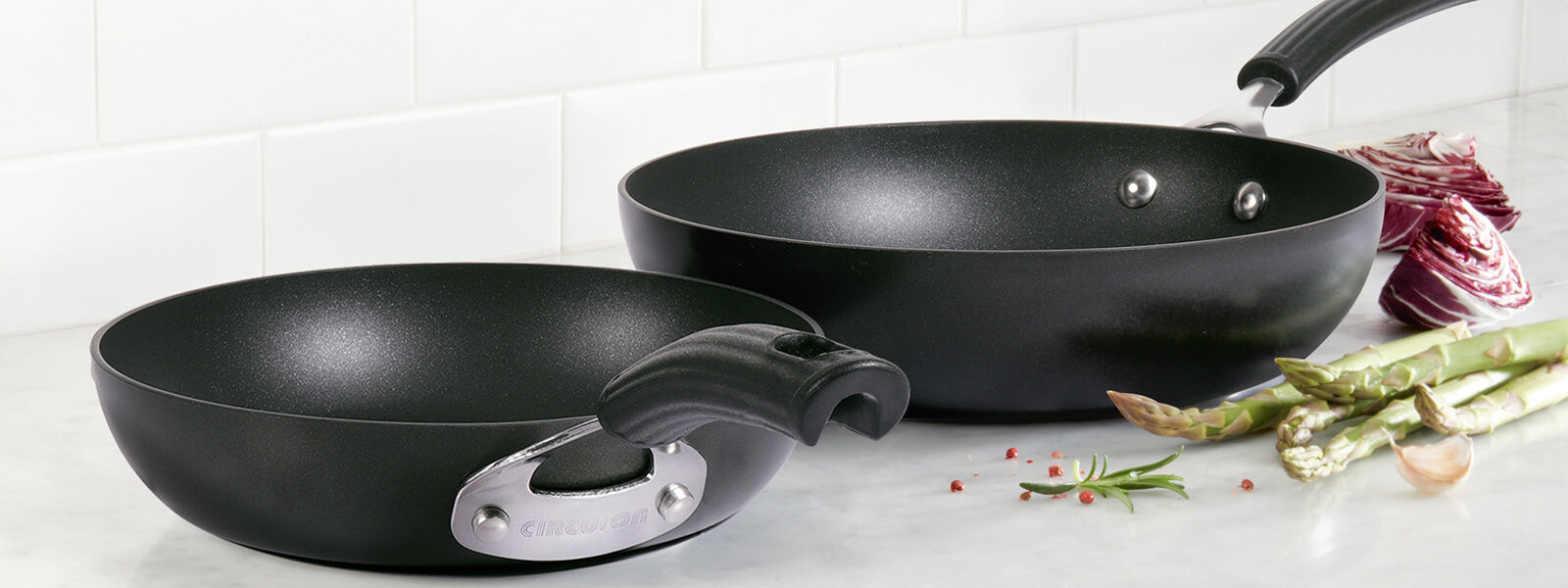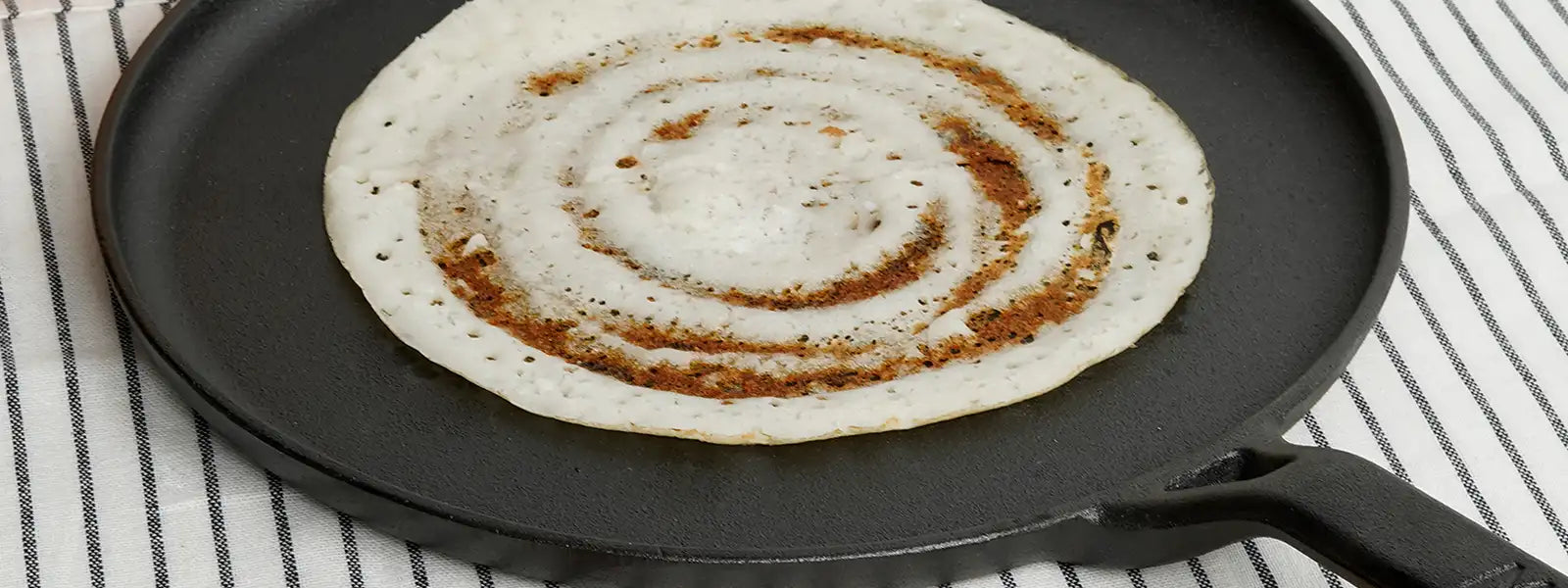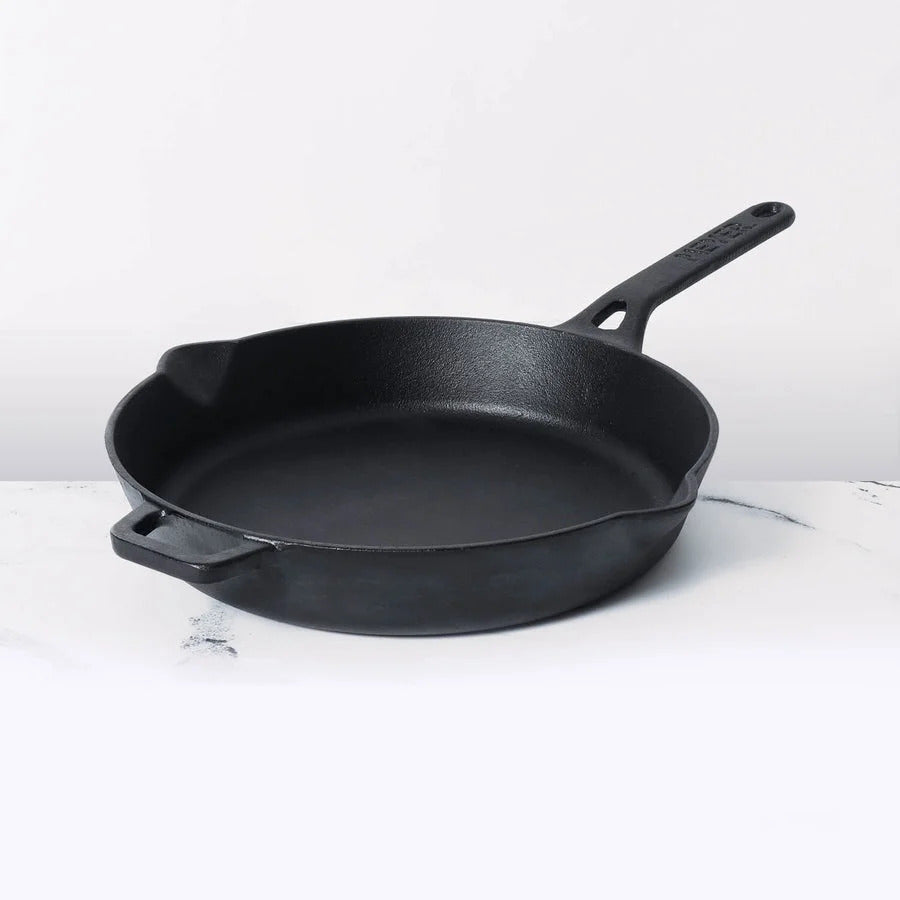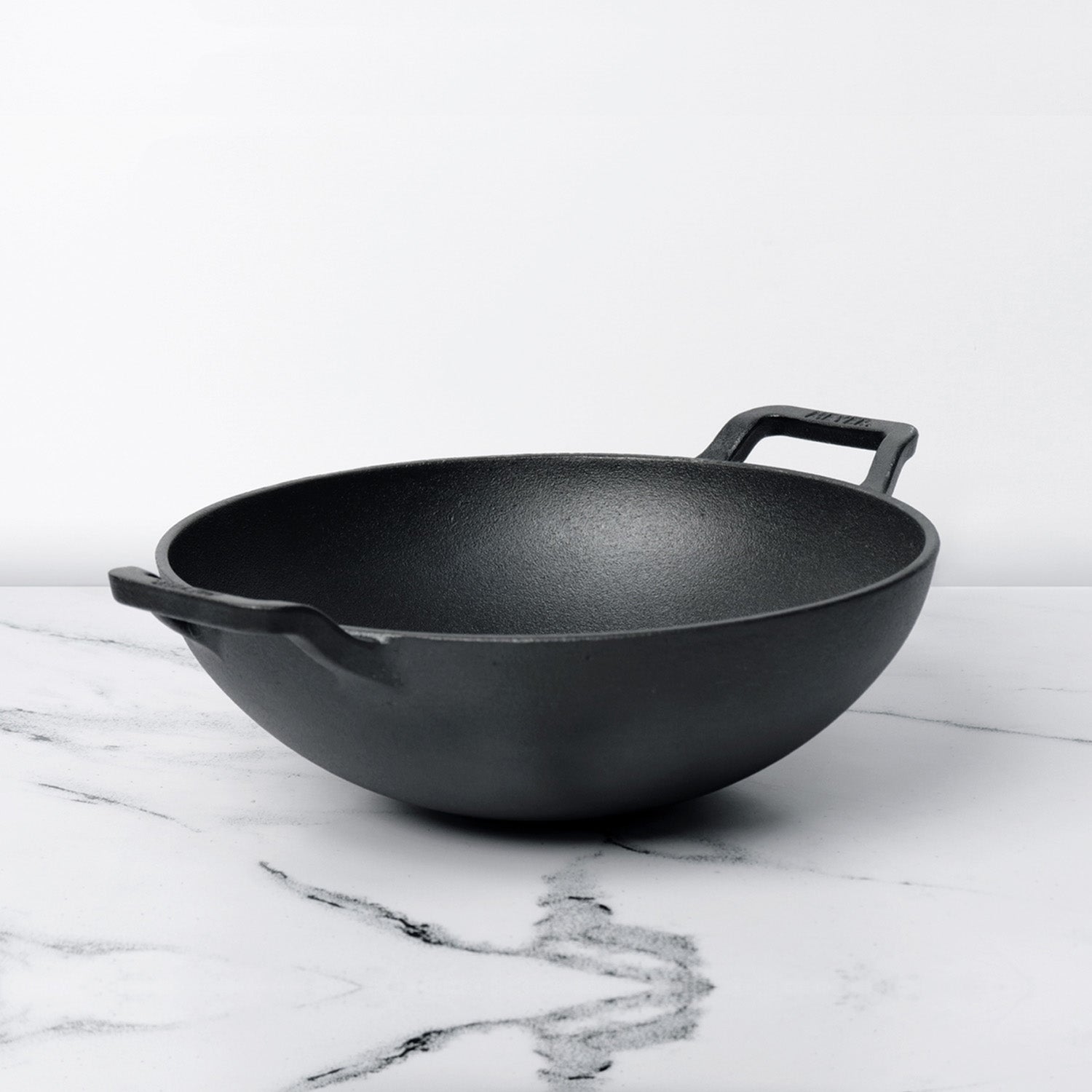Cinnamon is a versatile spice that can be used in various recipes during winter to add warmth and flavor to dishes. Some studies suggest that cinnamon may have potential health benefits that could be particularly beneficial during winter. It has been associated with improving blood circulation, providing warmth to the body, and potentially supporting immune function, all of which are beneficial in colder climates.
Incorporating moderate amounts of cinnamon as part of a balanced diet—such as adding cinnamon to foods like oatmeal, yogurt, smoothies, or using it in cooking and baking—can potentially offer flavor and health benefits, including potential support for blood sugar management.
Table of Contents
What Is Cinnamon?
Cinnamon is a spice obtained from the inner bark of trees belonging to the genus Cinnamomum. There are different species of cinnamon, but the two most common types are Ceylon cinnamon (Cinnamomum verum or Cinnamomum zeylanicum) and Cassia cinnamon (Cinnamomum aromaticum or Cinnamomum cassia).
Cinnamon has a warm, sweet, and aromatic flavor with a slightly spicy undertone. It's widely known for its distinctive aroma, making it a popular spice in cooking and baking. Cinnamon is a versatile spice used in various cuisines worldwide. It can be used in both sweet and savory dishes, including:
- Baked goods: Cinnamon is a key ingredient in cinnamon rolls, cakes, cookies, muffins, and bread.
- Beverages: It's added to hot drinks like tea, coffee, mulled cider, and hot chocolate for flavor and aroma.
- Desserts: Cinnamon pairs well with fruits, especially apples and pears, in pies, crisps, and fruit salads.
- Savory dishes: It's used in curries, stews, rice dishes, and marinades to add depth of flavor.
What Makes Cinnamon A Popular Winter Spice?
Cinnamon is often considered a precious winter spice for several reasons, making it popular and widely used during the colder months:
- Warm and Inviting Aroma: Cinnamon has a warm, sweet, and comforting aroma that evokes feelings of coziness and warmth, making it particularly appealing during the colder winter months. Its scent is often associated with holiday baking, mulled drinks, and festive treats, contributing to the ambiance of the season.
- Flavorful Addition to Winter Dishes: Cinnamon adds a distinct and pleasant flavor to various winter dishes, desserts, and beverages. It pairs well with seasonal ingredients like apples, pears, cranberries, and spices like cloves and nutmeg, enhancing the taste of pies, cookies, cakes, mulled cider, hot chocolate, and other comforting winter recipes.
- Traditional and Cultural Significance: Cinnamon has a long history of use in various cultures and cuisines, often associated with festive celebrations, rituals, and traditional winter dishes. Its symbolic significance during winter holidays adds to its preciousness as a spice of the season.
- Versatile Usage: Cinnamon is versatile and can be used in both sweet and savory dishes, making it a staple ingredient for a wide range of winter recipes. Whether sprinkled on top of oatmeal, incorporated into savory stews, or used in baking holiday treats, cinnamon's versatility makes it a valuable spice in the kitchen during winter.
- Seasonal Comfort and Nostalgia: For many people, the aroma and taste of cinnamon evoke feelings of comfort, nostalgia, and holiday traditions, making it a cherished spice during the winter season.
Does Cinnamon Help To Regulate Blood Sugar?
Yes, cinnamon has been studied for its potential role in helping to regulate blood sugar levels, particularly in individuals with type 2 diabetes or insulin resistance. Several research studies have explored the effects of cinnamon on blood sugar control, insulin sensitivity, and glucose metabolism.
The active compounds in cinnamon, particularly cinnamaldehyde, have been found to have insulin-like effects, which may contribute to its ability to improve blood sugar regulation. Here are some ways cinnamon might help in managing blood sugar levels:
- Improved Insulin Sensitivity: Cinnamon may enhance insulin sensitivity in cells, allowing them to better respond to insulin and effectively uptake glucose from the bloodstream. This improved sensitivity can contribute to better blood sugar control.
- Glucose Metabolism: Studies suggest that cinnamon may help improve the way cells utilize glucose, potentially reducing the amount of glucose in the bloodstream after meals.
- Slowing Down Digestion: Some research indicates that cinnamon may slow down the digestion process, which can help regulate blood sugar levels by reducing the rate at which glucose enters the bloodstream after meals.
- Antioxidant Properties: Cinnamon contains antioxidants that may play a role in supporting overall metabolic health, including blood sugar regulation.
Cinnamon Tea Recipe:
Using cinnamon in tea during winter can be a wonderful way to add warmth and flavor to your beverage. Here's a simple method to incorporate cinnamon into your tea during the colder months:
Cinnamon Stick Method:
Ingredients:
Tea bags or loose-leaf tea of your choice (black tea, green tea, herbal tea, etc.)
Cinnamon stick(s)
Water
Optional: Sweetener (honey, sugar, etc.), milk or cream, and other spices like cloves or ginger (if desired)
Instructions:
- Start by boiling water in a pot or kettle.
- While the water is boiling, prepare your tea. If using tea bags, place them in your teapot or mug. If using loose-leaf tea, add the desired amount to an infuser or directly to the teapot/mug.
- Once the water has boiled, pour it over the tea bags or leaves in the teapot/mug.
- Add a cinnamon stick to the tea. You can break or crush the cinnamon stick slightly to release more flavor.
- If desired, you can add other spices like cloves or ginger for additional flavor.
- Cover the teapot/mug and let the tea steep for the recommended time according to the type of tea you're using.
- After steeping, remove the tea bags or infuser and cinnamon stick.
- Optionally, add sweetener (honey, sugar) and milk or cream to taste.
- Stir the tea well and serve hot.
Ground Cinnamon Method:
If you prefer to use ground cinnamon instead of cinnamon sticks, you can add a pinch of ground cinnamon directly to your teapot or cup along with the tea leaves. Be aware that ground cinnamon may not fully dissolve in the tea and might settle at the bottom, so you may need to stir occasionally while drinking.
Remember, the amount of cinnamon can be adjusted based on your preference for its flavor intensity. Enjoy your warm and comforting cinnamon-infused tea during the winter season!
Popular Cinnamon Winter Recipes:
Cinnamon is a versatile spice that can be used in various recipes during winter to add warmth and flavor to dishes. Here are some common and delightful recipes featuring cinnamon:
- Mulled Apple Cider: A classic winter beverage, mulled apple cider is made by simmering apple cider with cinnamon sticks, cloves, orange slices, and sometimes other spices. It's a comforting and aromatic drink perfect for cold evenings or holiday gatherings.
- Cinnamon Rolls: Soft, sweet, and indulgent, cinnamon rolls are a beloved treat during the winter months. A dough enriched with cinnamon, sugar, and butter is rolled, sliced, baked, and often topped with cream cheese icing.
- Chai Tea: Chai tea is a spiced Indian tea made by brewing black tea with warming spices like cinnamon, cardamom, cloves, and ginger. Adding cinnamon sticks while brewing enhances its flavor and aroma.
- Spiced Oatmeal: Cinnamon is a fantastic addition to a warm bowl of oatmeal during winter mornings. Stir ground cinnamon into cooked oatmeal and top it with fruits, nuts, and a drizzle of honey for a comforting breakfast.
- Baked Apples: Core apples and stuff them with a mixture of cinnamon, sugar, and perhaps nuts or raisins. Bake until tender for a delicious and healthy dessert.
- Cinnamon-Spiced Hot Chocolate: Enhance your hot chocolate by adding a dash of ground cinnamon to the mix. Top with whipped cream or marshmallows for an extra treat.
- Moroccan Tagine: In Moroccan cuisine, cinnamon is often used in savory dishes like tagines. Chicken or lamb stewed with warming spices including cinnamon, cumin, coriander, and paprika creates a rich and aromatic dish perfect for cold days.
- Cinnamon-Spiced Roasted Vegetables: Toss winter vegetables like sweet potatoes, carrots, and butternut squash with olive oil, cinnamon, salt, and pepper before roasting in the oven. The cinnamon adds a sweet warmth to the dish.
- Snickerdoodle Cookies: These soft and chewy cookies are rolled in cinnamon sugar before baking, resulting in a delightful treat that's perfect for the winter season.
- Cinnamon-Spiced Nuts: Toast nuts like almonds, pecans, or walnuts with a mixture of cinnamon, sugar, and a pinch of salt for a flavorful and crunchy snack.
These recipes showcase the versatility of cinnamon in both sweet and savory dishes, adding a touch of warmth and flavor that's perfect for the winter season.











Leave a comment